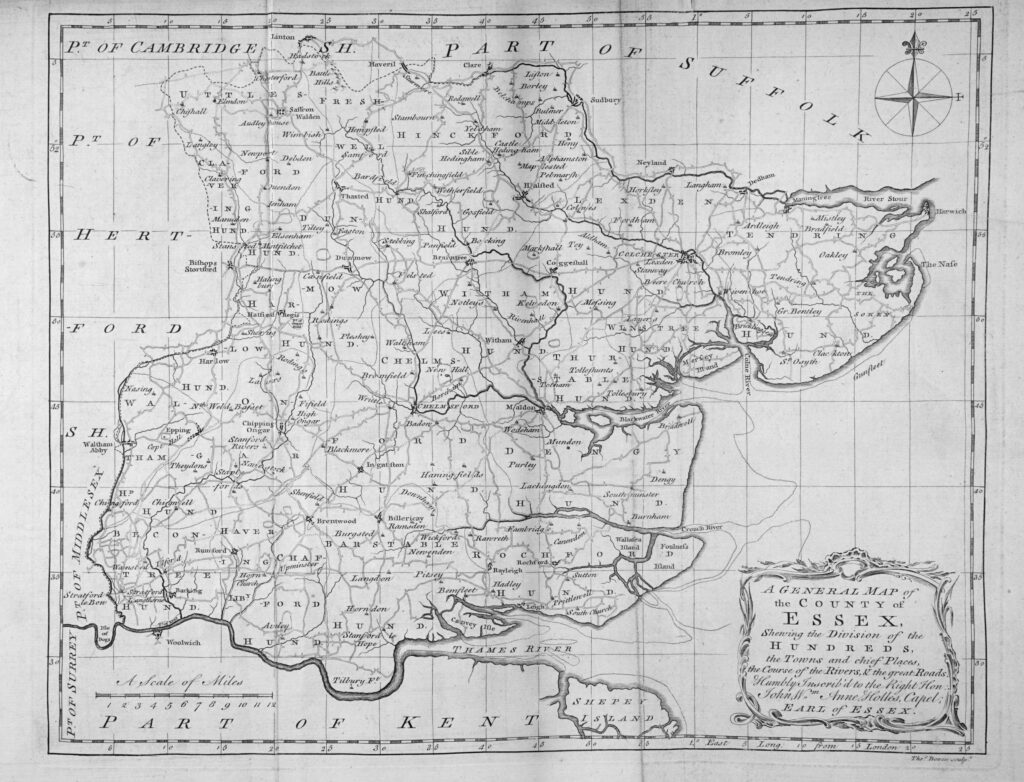
The aim of this short series of posts on the Essex homes (essentially northern Greater London, England) of Mabel’s kin – on her father’s side – is to give a quick look at the open spaces and sorts of landscapes that Mabel Bent (née Hall-Dare) would have enjoyed as a young woman on the eastern shores of the Irish Sea, predisposing her to an adventurous, outdoor life – horses everywhere, rivers, forests, walks, new rail links, not to mention the travelling involved in getting up to Dublin from Co. Wexford and then across the sea to London (there were rented properties in ‘Town’ too of course), for stays in Essex before, for example, spending the long summers touring Europe with her siblings. Indeed, she was to meet her husband-to-be, Theodore Bent, in Norway on one such tour (although we still don’t know when, where, how, and why).
The Essex properties, lands, and churches featured include: (1) ‘Fitzwalters‘, (2) ‘East Hall‘, (3) ‘Ilford Lodge‘, (4) ‘Cranbrook‘, (5) ‘Wyfields’, ‘Theydon Bois’, and others, all with links in one way or another with Mabel Bent.
No. 5: Wyfields – Ilford, Essex, UK.
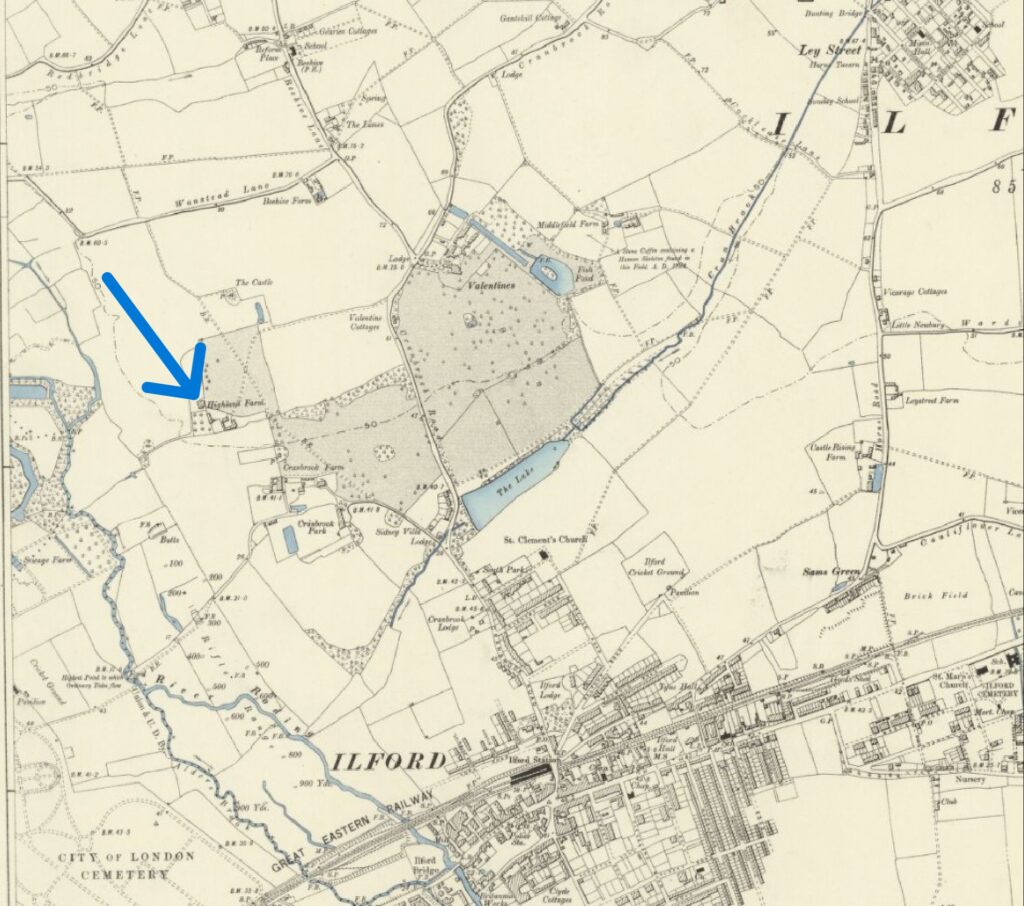
The grand house of Wyfields (also variously Withfield, Wythefeld, Wye Fields; not to mention Widmundes felt, Wyficld, Wyfields, Withheld), like most of the valuable lands in the area, derived from parcels and portions of the extensive estates of Barking Abbey, consolidated and expanded ever since its foundation in Saxon times. Wyfields was the third property with associations to the Hall-Dare family (Hall, Grafton, Dare, Hopkins, and several others) representing the paternal lineage of Mabel Bent, the other two estates being Cranbrook and Ilford Lodge, all within a few miles of each other and each featuring, in the 18th and early 19th centuries, imposing houses reflecting the architectural tastes of wealthy families going back to Tudor times, if not earlier.
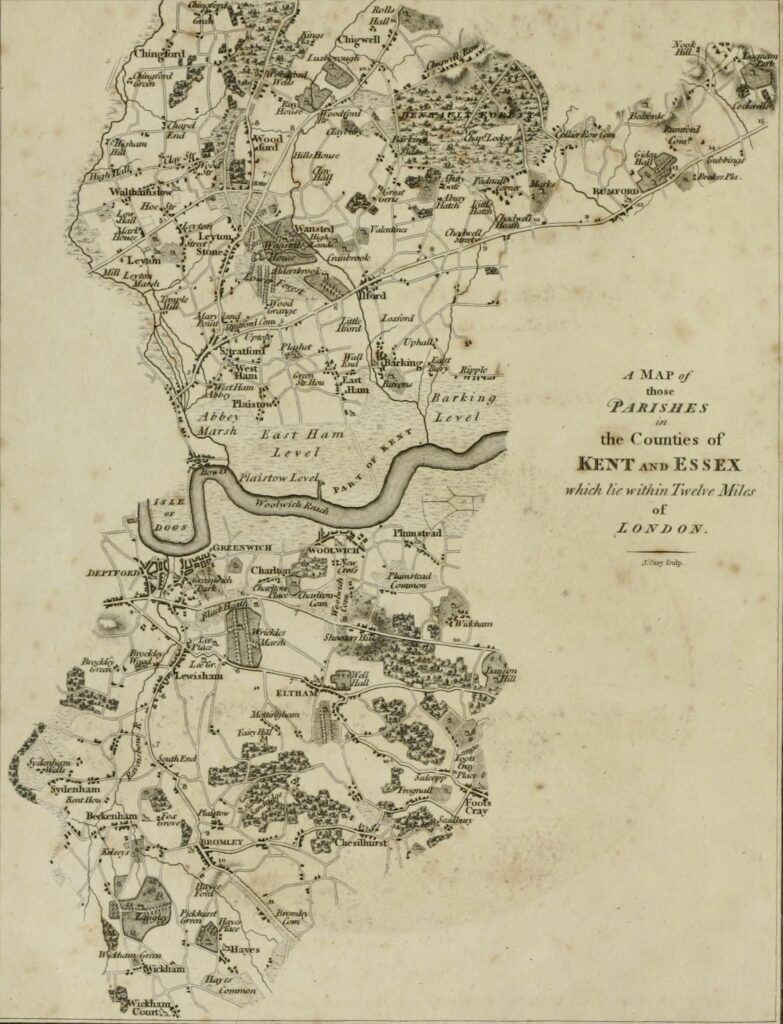
We rely on the History of the County of Essex (Vol.5, pp.190-214) for details: “The manor of Wyfields or Withfields [in Ilford] was a free tenement held of Barking Abbey. Part of it, including the manor house, lay west of Cranbrook Road, adjoining the manor of Cranbrook [conveniently between today’s North Circular and the A123!]. The remainder was to the east of the road, and south of the original Valentines estate. Withefield was an ancient place name, possibly derived from the 7th-century Widmundes felt, but the manor probably took its name from the family of a 13th-century tenant, whose lands were not necessarily in the original Withefield area…
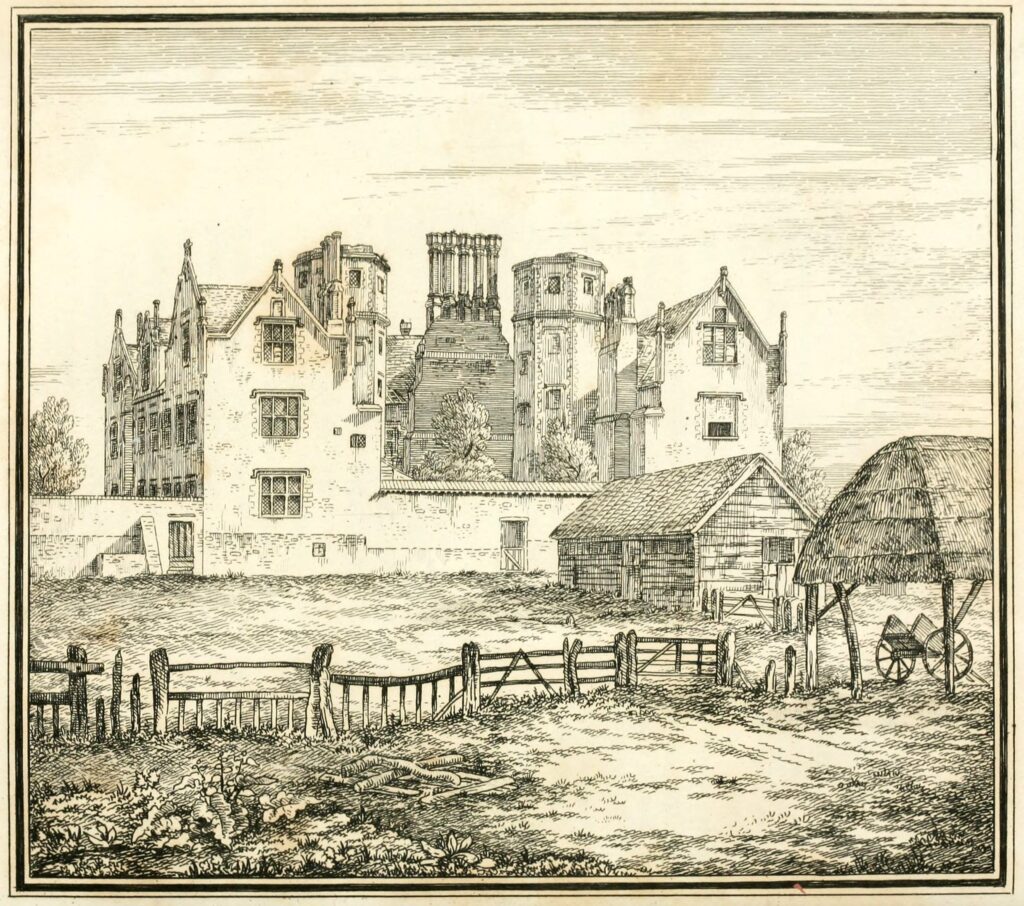
“The manor house of Wyfields was about 70 yds. north-west of the building known in the 19th century as Cranbrook Farm, but in the 17th century as Highlands… It was an L-shaped building with two stories and attics. The cross-wing, which may have been earlier than the rest of the building, had a lean-to addition at the side and a two-story bay in front. The bay was surmounted by railings, behind which could be seen a large circular window in the gable of the cross-wing. The other windows were rectangular, but above them were traces of filled-in segmental arches. This may have been a medieval house extended or rebuilt in the 16th or early 17th century. It was still in existence in 1818 when the occupier was Robert Westley Hall [later R. W. Hall-Dare (1st), Mabel Bent’s grandfather], whose mother-in-law, Mrs. Grafton Dare, was then the owner of the manor of Cranbrook, including this part of the former Wyfields, and herself lived at Cranbrook House. Hall-Dare and his wife succeeded to Cranbrook in 1823 and by 1829 Wyfields appears to have been demolished.”
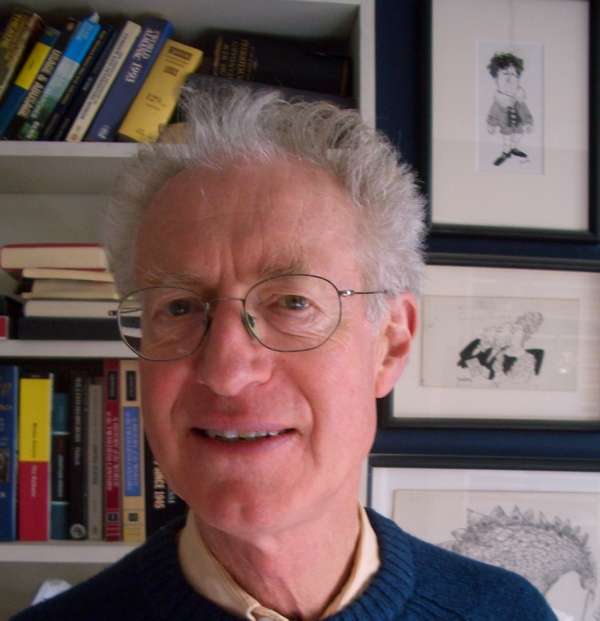
Notable earlier residents of Wyfields included, it seems, Sir Nicholas Coote, a judge of Essex Quarter Sessions, who, in November 1605 was to interview Richard Franklin about a certain Guy Fawkes. Coote’s widow sold the manor on to the Brewster family, from whom, before 1651, it was purchased by a John Bamber, M.D., whose daughter, and heir to Wyfields, married Sir Crisp Gascoyne, the 18th-century Lord Mayor of London, the son of Bamber Gascoyne (the name Bamber was the surname of the Lord Mayor’s wife, and was given to their son). If the name rings a bell, our contemporary Bamber Gascoyne (1935–2022) was a direct descendant of Sir Crisp Gascoyne.
Did Mabel Bent know much of these great properties? We can’t say for certain, but, perhaps as a young woman, she may have ridden or been driven around these leafy (then) parts of Essex and the sites of these former extensive residences. We have to remember, of course, that she wasn’t born until 1847, and would never slept under their bat-haunted roofs.
References
Environs of London, Vol. 4, by Daniel Lysons, London, 1792, p. 79ff.
A History of the County of Essex: Vol. 5, pp.190-214, originally published by Victoria County History, London, 1966.
The English counties delineated; or, A topographical description of England. Illustrated by a map of London, and a complete series of county maps, by Thomas Moule, Vol. 1, London, 1838.
The History of Essex, from the earliest period to the present time. Illustrated with accurate Engravings of Churches, Monuments, Ancient Buildings, Seats, Portraits, Autographs, &c., by Elizabeth Ogborne, London, 1817.
Coming next: No. 6: ‘Theydon Bois’.
If you have any photographs or memories of ‘Wyefields’ we would be delighted to hear from you!
The back story
Of course Mabel was fortunate in that her family (on both sides) were landed (obviously) and comfortably off. Mabel’s paternal grandfather was the first of the Robert Westley Hall-Dares proper, an astute, baronial, figure who sat at the head of a coalition of wealthy and influential Essex families (Halls, Dares, Graftons, Mildmays, Kings, to name but a few), garnering in with him two major estates (Theydon Bois and Wennington) and various other demesnes, farms, and assorted dwellings, large and small. His wealth and assets were based on rents, farming, ventures, deals, and investments – including a sugar plantation in what is today British Guyana. This plantation, ‘Maria’s Pleasure‘, still retains its name, although it was disposed of after Mabel’s father, to whom the sugar estate had been left, received his compensation for the emancipation of around 300 slaves after Abolition (worth the equivalent of several millions of pounds now).
Robert Westley Hall-Dare the first (1789-1836), the Member of Parliament for South Essex from 1832 until his death, rubbed shoulders with the great and the good, not to mention London Society, but it was his son Robert Westley Hall-Dare the second (1817-1866) who actually married into (minor) aristocracy with his marriage to Frances, daughter of Gustavus Lambart of Beauparc, Co. Meath – Mabel (b. 1847) was one of their daughters.
Mabel was thus free to travel; her husband was the perfect fit; they were never slowed down by children. But if anyone should say to you, ‘Ah, but Mabel never worked’, then they don’t know what they are talking about: few women of her class would have sweated more, from Aksum to Great Zimbabwe.
 Leave a comment or contact us about this article
Leave a comment or contact us about this article
